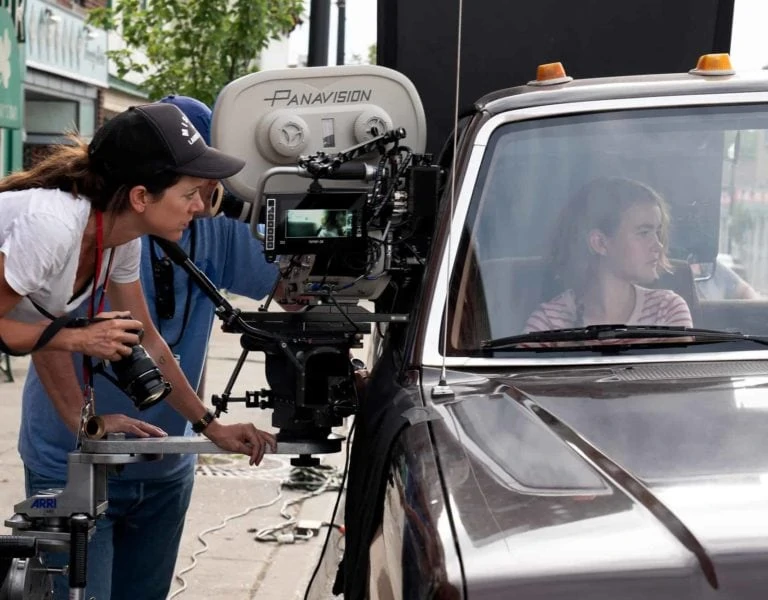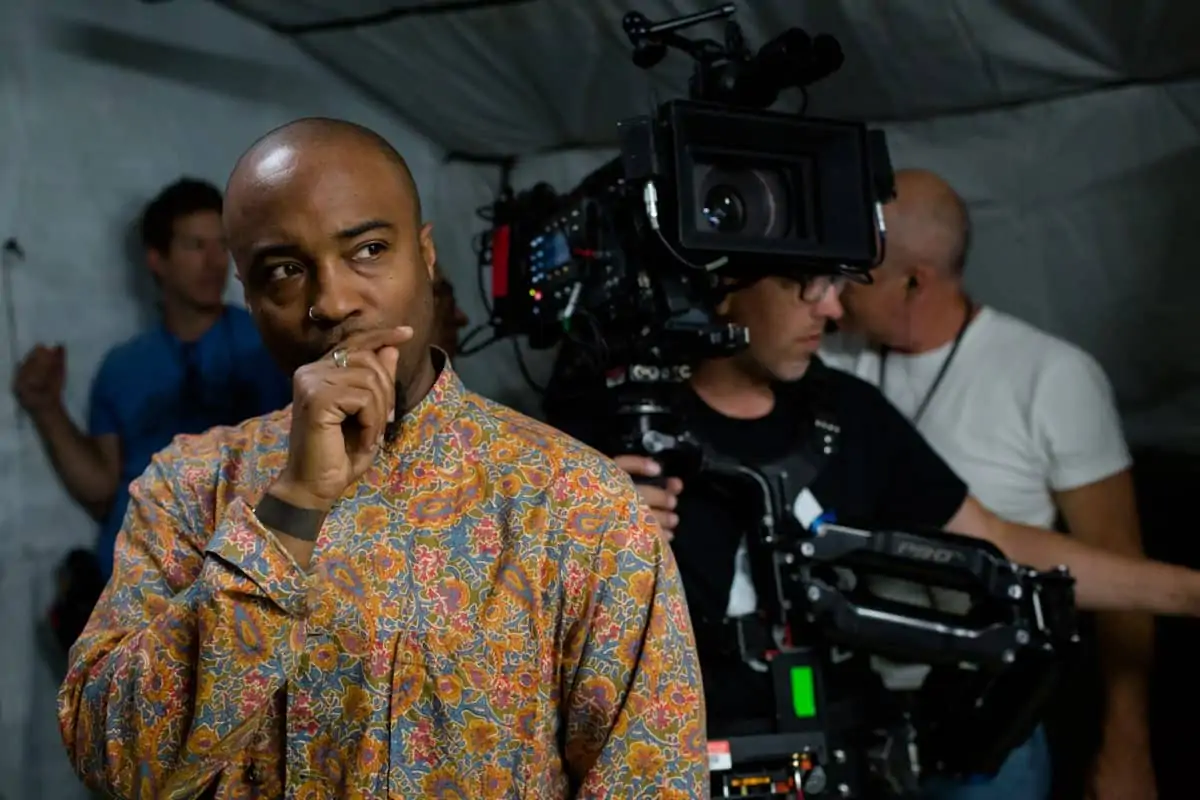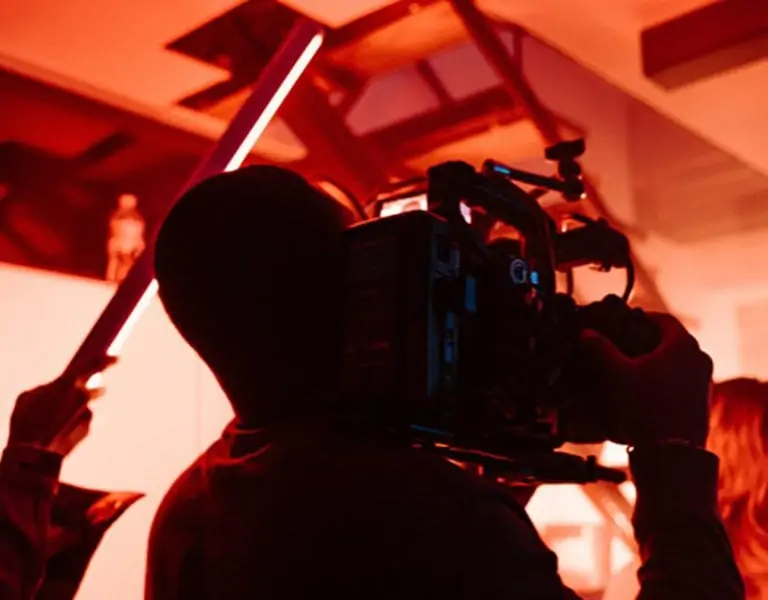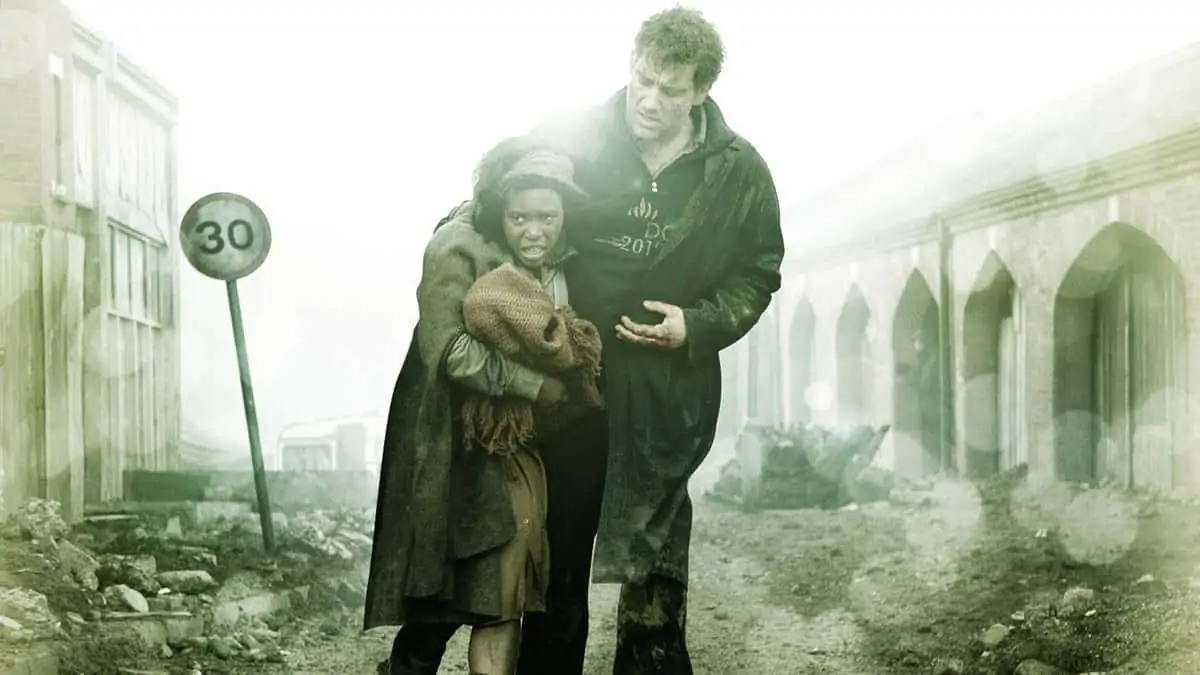Past, Present & Future
Special Report / Cinematography Part 2
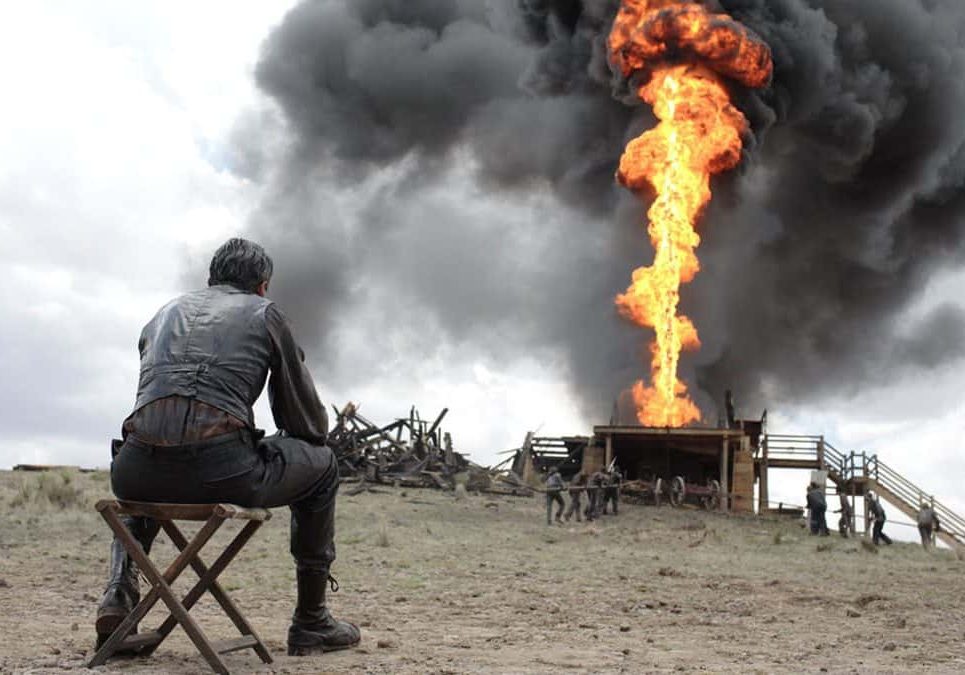
Past, Present & Future of Cinematography
Special Report / Part 2
There’s been a great deal of change during the time since British Cinematographer magazine first launched in 2004, so we asked leading cinematographers around the world to give us their takes on the past, present and future of this highly creative role in the filmmaking process…
First published in British Cinematographer magazine issue 65 - September 2014
- Jess Hall BSC -
Son Of Rambow (2007), Hot Fuzz (2007), Brideshead Revisited (2008), Transcendence (2014)
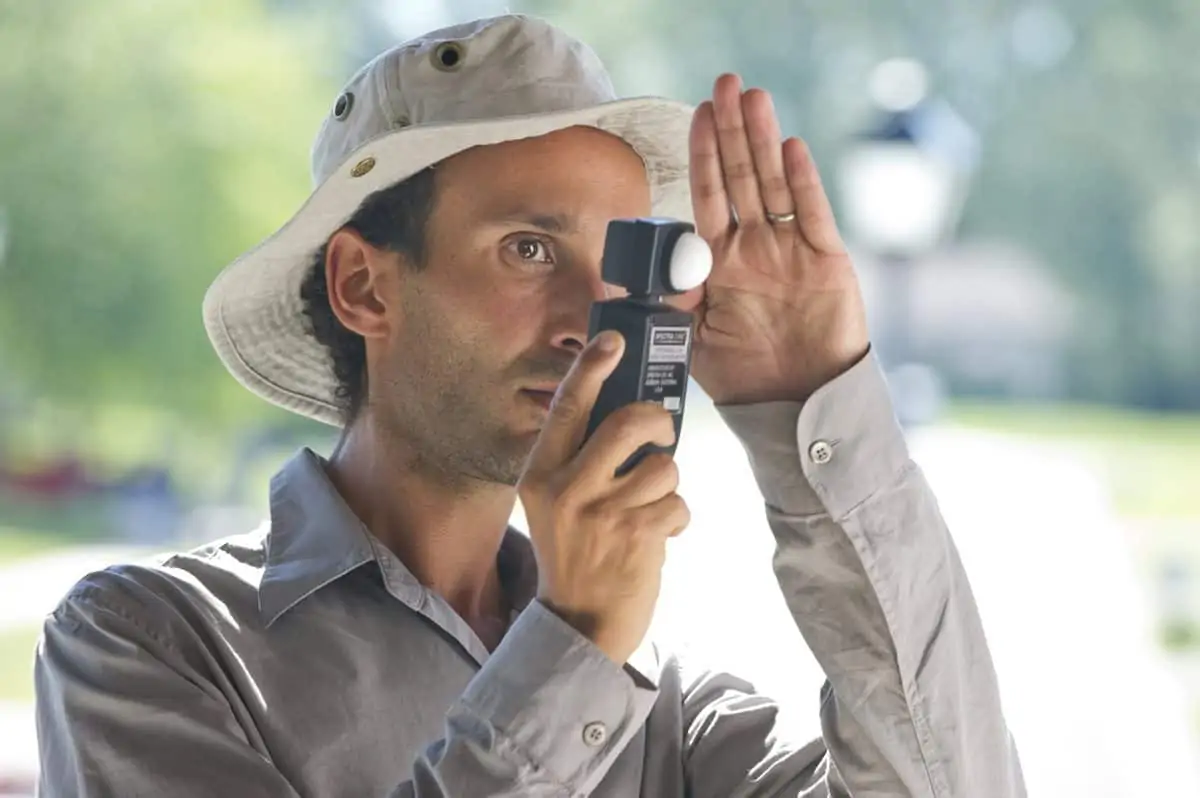
Q: In the last 10 years what has been the biggest change for you as a cinematographer?
A: The move from film to digital as the predominant medium of moving image capture.
Q: What do you feel are the biggest challenges facing cinematographers today?
A: I believe finding quality material is a constant challenge. I see an aesthetic emerging that, combined with the predominance of visual effects, makes the look of many, especially larger scale productions, somewhat indistinguishable from each other. Filmmaking has always been, to varying degrees, the blending of art and commerce, however fragile that balance. As cinematographers we need to look beyond spectacle. We should be looking to communicate more complex narratives, in varying shades. Unfortunately such opportunities are scarce.
Q: How do you feel digital compares to celluloid imagery and acquisition?
A: In general I have a preference for celluloid imagery, but it really depends on the context. This is not because I necessarily see film as a superior format. For me it is partly the result of what I call my ‘Film Subconscious’. By this I refer to the images that have burned into my retina with sufficient power that to some extent they drive my creative instincts, my frame of reference and therefore the choices I make as an artist. We are the product of our own history and, in the history of cinema, digital acquisition is relatively new. The cinematic images that most inspired me have largely been captured on celluloid. I don’t see it as a nostalgic choice that I then seek a similar quality and resonance in my own work. I find celluloid images incredibly seductive. There is an impression that the medium transforms the image into something more beautiful than the eye itself can observe in reality, in the same way that a painting does. On film, the imperfection of the form becomes as asset and the image is somehow imprinted with a subjectivity. The alchemic chemistry of silver halide particles interacting with light creates subtleties that are hard to reproduce in ones and zeros.
According to Moore’s Conjecture (a theory developed to chart the exponential improvement in computing hardware and extended to predict the capabilities of electronic devices) we will be working with 8K digital cameras by 2016. Scientifically this will place digital capture on a par with 35mm film resolution, but this sort of technical comparison is obsolete. In order to transcend film we need to embrace the inherent qualities in the digital format, to avoid simply replicating. At the moment, technological development is entirely focussed on digital acquisition and the opportunities that this presents are exciting. In time society's eyes will adjust to perceive the digital aesthetic as a thing of beauty, and I believe cinematographers will ultimately create digital images to rival those of film.
Q: What has been the most significant technological development in the last 10 years?
A: The Internet is fundamentally changing the way we interact with technology and communicate as a society. It is now possible to walk down the street watching a film in HD, while having your movements precisely tracked to within a few feet of any location. According to technological forecaster Ray Kurzweil, it is only a matter of time before we fuse even more directly with technology and it intersects with our organic physical being in a more direct way. Meanwhile, such devices are rapidly changing the way that we view the moving image. In one generation we have transitioned from a 40ft screen to a 3-inch screen. The implications are significant for filmmakers as we will increasingly have to consider how we design images that are both impactful and authentically replicated across a variety of media.
Q: What developments would you like to see in the future?
A: Technologically I would like to see more ergonomic design in digital camera systems and an improved 4K digital projection system as standard. In terms of content, I would like to see more radical interventions in cinematic language and the structure of linear time constraints. I mourn the loss of films with a more committed or questioning political perspective. Where is our contemporary The Conformist, 1900, or The Battle Of Algiers?
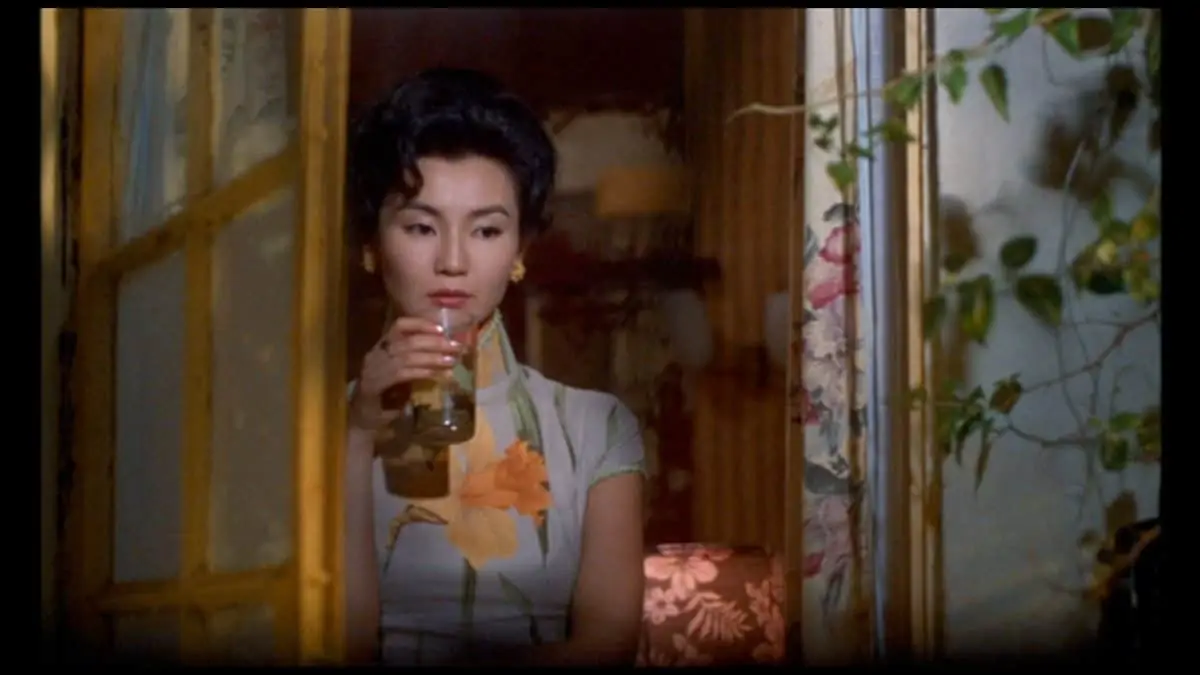
Q: What films, or which cinematographer’s work, have you been most impressed with in the last 10 years?
A: I have greatly enjoyed watching the collaboration between by Wong Kar Wai and Chris Doyle evolve, culminating with In The Mood For Love (2000). In their stylistic choices they manage to articulate something timeless, cross-cultural and intrinsically postmodern. In There Will be Blood (2007, DP Robert Elswit ASC) (top picture) and The Master (2012, DP Mihai Malaimare Jnr), Paul Thomas Anderson has produced a pair of exceptional films and cemented himself as perhaps the most significant American director of his generation. I have valued Michael Haneke’s mastery of what is unsaid and unfinished, powerfully evident in Caché (2005) and The White Ribbon (2009) both of which were shot by Christian Berger AAC.
- Polly Morgan -
The Truth About Emanuel (2012), The Pretty One (2012), We'll Never Have Paris (2013), Call The Midwife (2014)
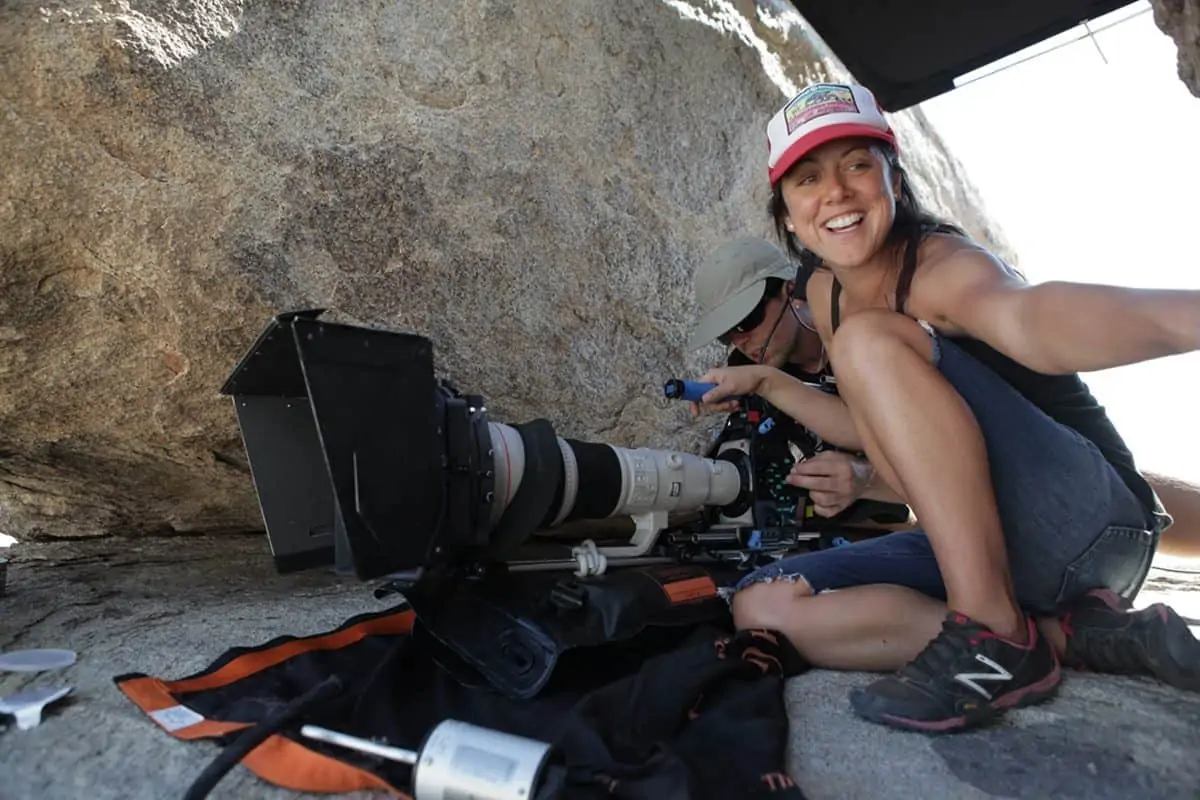
Q: In the last 10 years what has been the biggest change for you as a cinematographer?
A: Actually becoming a cinematographer! Ten years ago I was a clapper-loader, so it’s been quite a journey over the last decade.
Q: What do you feel are the biggest challenges facing cinematographers today?
A: Our biggest challenge comes from the ever-changing technology and the fact that digital acquisition has seemingly "opened up” the art of cinematography to producers, directors, VFX supervisors and colour graders. I sometimes feel that people forget that cinematography consists of artfully combing lighting, movement, colour and framing to tell the story and that technology is simply a tool to create that art. And that our job begins way before production starts, where so many of the important choices are made. To be part of such advances in modern filmmaking is exciting stuff, but today cinematographers have to fight to be trusted with the image and keep their vision true to the end.
Q: How do you feel digital compares to celluloid imagery and acquisition?
A: I am constantly impressed with the ever-increasing latitude, resolution and colour rendition of the latest digital cameras, as well as the ergonomics of new designs. However, I believe that despite the incredible advances of digital cinema, the experience of shooting on film is a more rewarding physical experience, and that there is something about celluloid imagery that, for me, is more pleasing. There is something amazingly satisfying in exposing on negative and creating beautiful creamy skin tones and complex colours without the need for a DI. The texture of grain, the rolling highlights, the wide colour gamut – all those things that are unique to shooting on film. There is no doubt that cinematographers around the world are creating stunning imagery with digital cameras, and that the technology is opening up new and exciting ways to tell a story, however the creation of LUTs, the issues with calibrating monitors and the authorship of the DI are modern headaches that make digital imagery complex.
Q: What developments would you like to see in the future?
A: It would be amazing to have some kind of real standard on compression and viewing screens, so that when your work is seen on iPhones, televisions or big screen, you could rest assured that it will be seen the way you intended.
Q: What has been the most significant technological development in the last 10 years?
A: The fact that a high proportion of the global population has access to shoot "video", to tell their stories and then broadcast them across the world is pretty phenomenal.
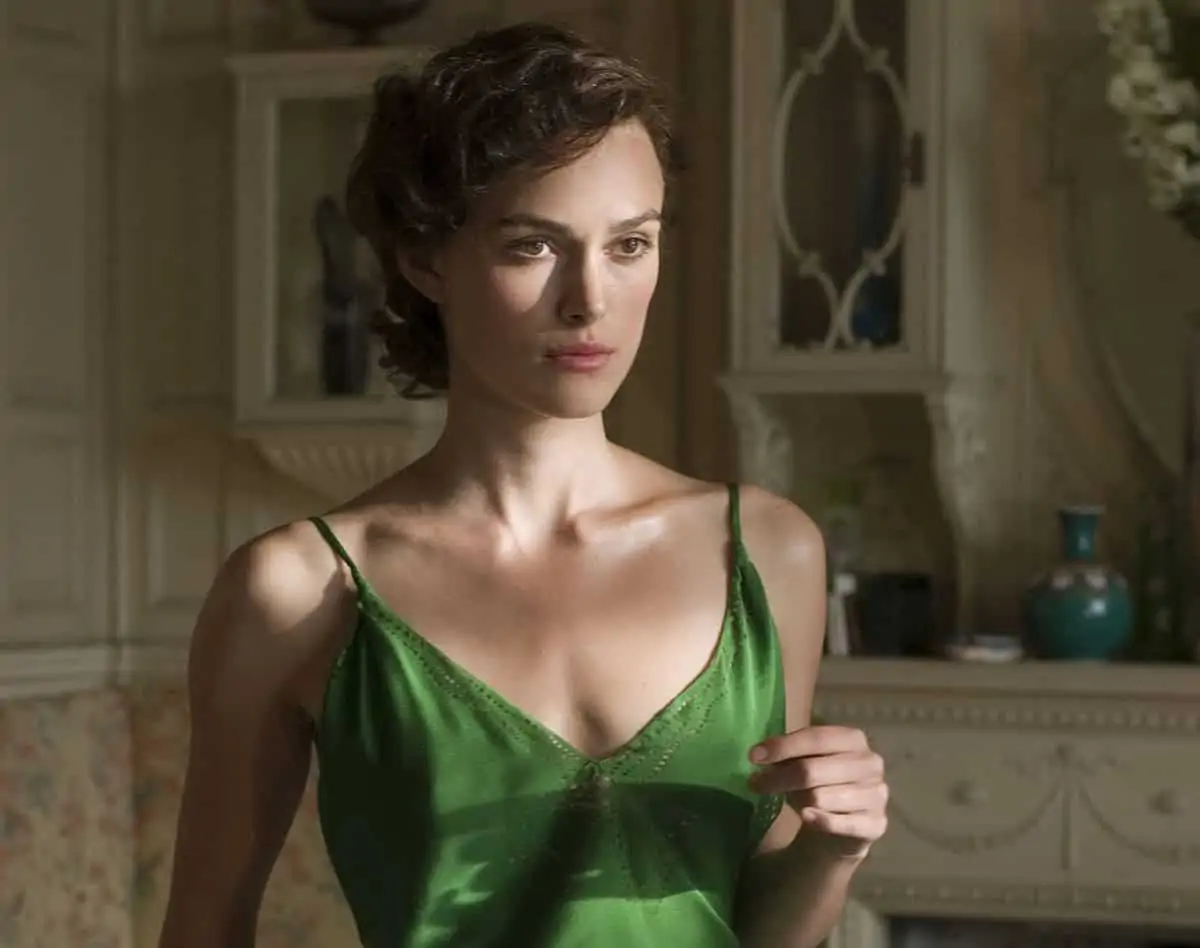
Q: What films, or which cinematographer’s work, have you been most impressed with in the last 10 years?
A: I’ve been equally impressed with photographers and artists alike, but I’ve loved the work of Natasha Braier (The Rover, 2014), Hoyte Van Hoytema (Let The Right One In, 2008 and Call Girl, 2012) Bradford Young (Pariah, 2011 and Ain’t Them Bodies Saints, 2013) and Greig Fraser ACS ASC (Bright Star, 2009). I also love Harris Savides ASC (Zodiac, 2007), Seamus McGarvey (Atonement, 2007) and Christopher Doyle (In The Mood For Love, 2000). Robbie Ryan is on my list too, he’s so great.
- Christian Berger AAC -
The Piano Teacher (2001), Caché (2005), The White Ribbon (2009), The Notebook (2012)
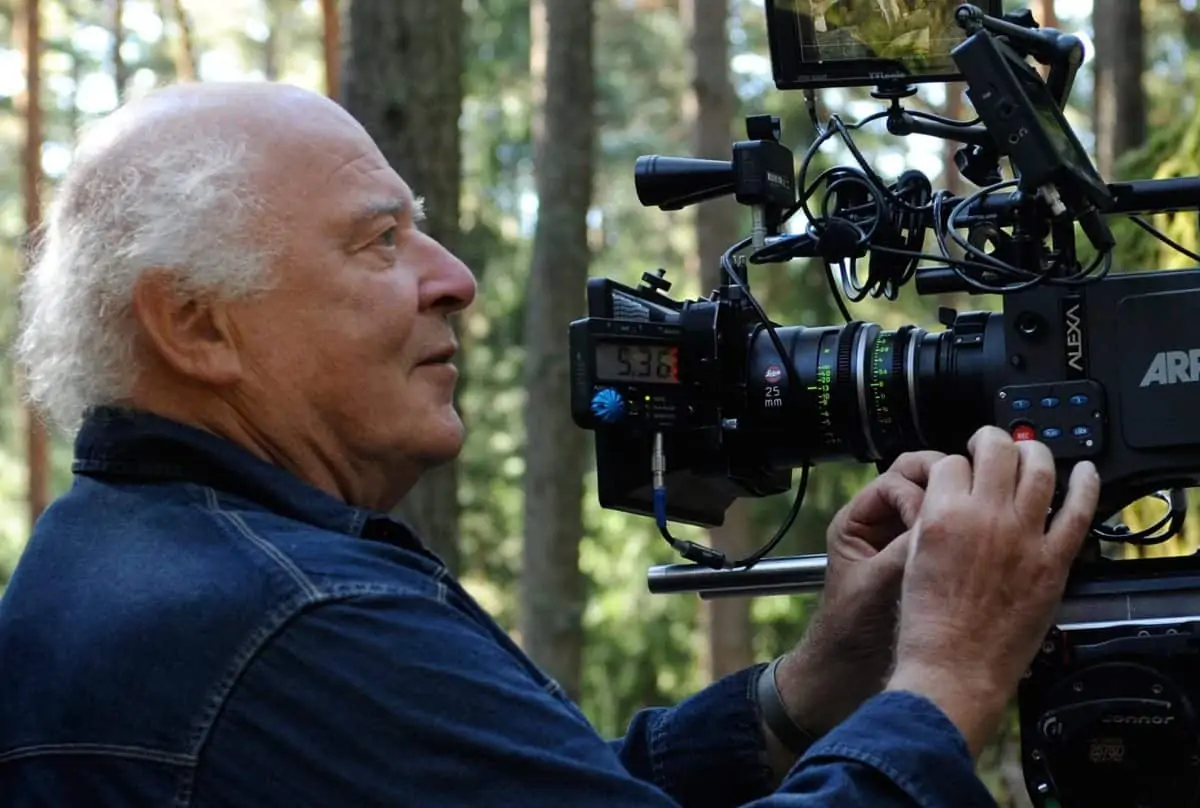
Q: In the last 10 years what has been the biggest change for you as a cinematographer?
A: We now share more and more responsibility for the images with other departments. This is only a pity if you have bad collaborators. If they are good, I feel this shared process is an enrichment. If there was ever a time when cinematography was a dark art, and DPs were the 'magicians behind the eyepiece', it is definitively over. This is not such a bad thing.
Q: What do you feel are the biggest challenges facing cinematographers today?
A: Having said that collaboration is good, the biggest challenge facing us is to keep control over our work, to deliver one consistent image in keeping with the look envisaged by the director and cinematographer from script to final screen. The danger is that this simple but absolutely essential part of cinematic storytelling becomes clouded by, or even lost, under new technology, and technical roles, which can crowd the camera on set. We should concentrate on the most important task at hand, which is to lead and direct the view of our spectators to serve the script, the story and the director's intentions.
Q: How do you feel digital compares to celluloid imagery and acquisition?
A: This debate is done. Both worlds have their pros and cons. Both can be beautiful. At the end, it doesn't matter whether something is shot in grains or pixels. Audiences have become habituated to accept and respond to different looks over time and it makes no sense to be nostalgic. Look back at the analogue days and ask yourself whether we lived with quite remarkable jumps in quality in negatives all of the time? Be honest.
Q: What has been the most significant technological development in the last 10 years?
A: The border between professional and consumer tools doesn't exist anymore, which means you can obtain quite comparable image quality, at first glance, at considerably lower cost. There is, though, a real danger for our professional infrastructure for the coming generation if you think you can do everything from your laptop.
Let me explain. When I work with my students, I see how difficult it is for them to reject that reflex that we all have – that if you have a problem, you buy a new box and the box will solve your problems. I am convinced that a director of photography only finds the best result if they find the most modest and efficient tool for the situation. Having the latest tool is very seductive, but we can get lost in the manuals.
Q: What developments would you like to see in the future?
A: To be more aware about the fact that we know very little (or we don't take care enough) about the rules of human perception in connection with artistic precision. We should discuss more the “why” and “what for” rather than the “with what?”. To me the artistic aspect of our work is more important. We have to be able to judge. Only the artist can see and realise what the director wants. We should never work under the dictate of technique. It is easy to say but difficult to do.
Otherwise, I am quite optimistic because storytelling with images, words and sound is a rock solid human need, which will stay so in future, just as it has always been, between human beings. Whatever might happen with technological progress, we should not forget, that the best camera sits in our head and in our hearts, and that light will forever stay our most important tool. Everything depends on the ability to see. It is crucial to ‘see perception’. My main concern has always been not to make the cinematic tool the method of my purpose. It is dangerous, and you can lose or miss your target when you have too many tools. The ability to trust your eyes has to remain at the centre of everything you do.
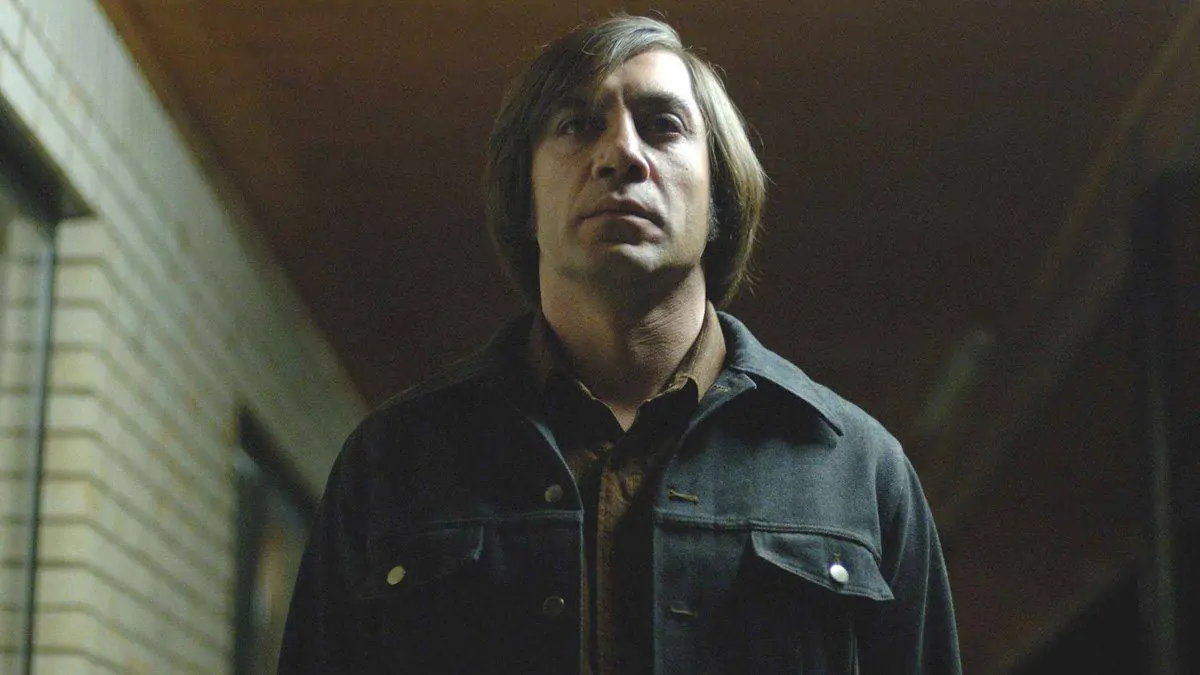
Q: What films, or which cinematographer’s work, have you been most impressed with in the last 10 years?
A: Roger Deakins. He is able to come to a point where any kind of additional 'effect' would only destroy the image. For me, he is one of the very few who can prove that cinematographer's are able to depict not only the flesh but also the soul – at least from time to time and if we are lucky. I think this is mastership. I'd also like to nominate Luca Bigazzi (The Great Beauty, 2013) for his enormous musicality in camera movements and the modesty in his lighting. He is a great.
- Natasha Braier -
XXY (2007), Somers Town (2008), The Milk Of Sorrow (2009), The Rover (2014)
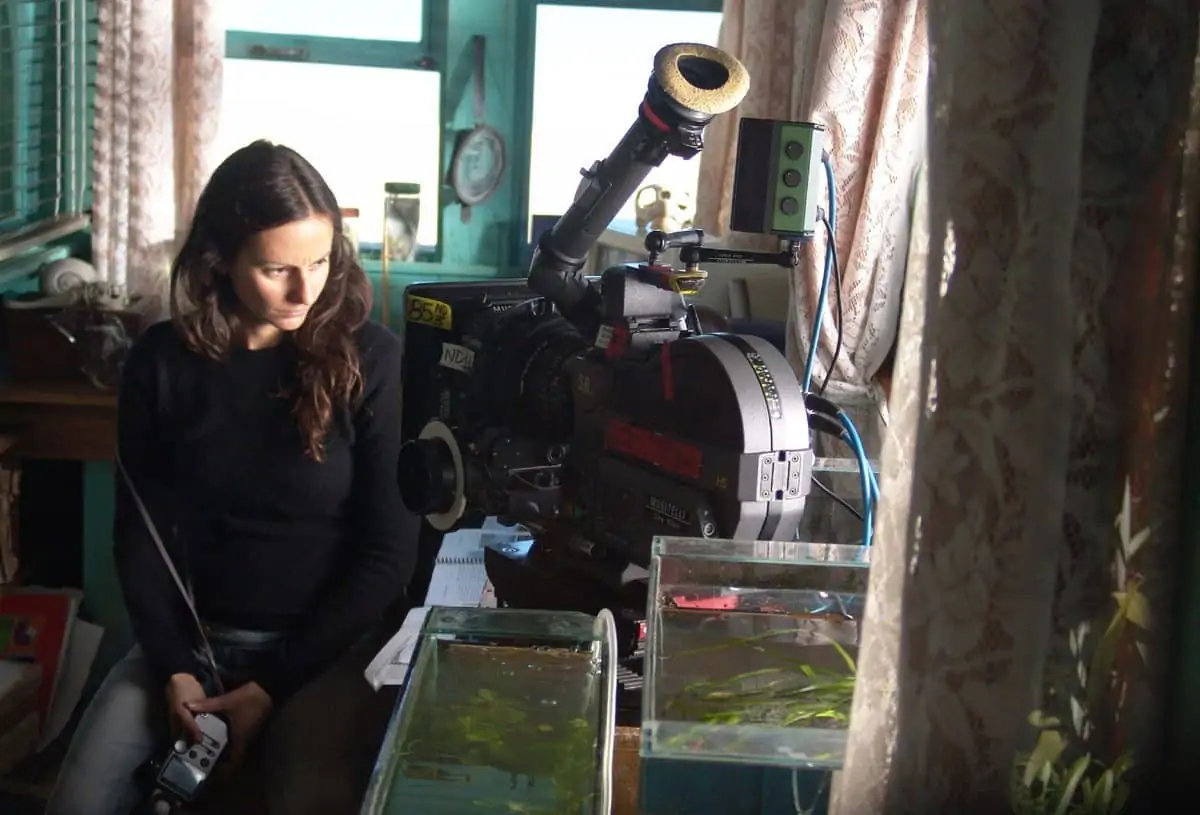
Q: In the last 10 years what has been the biggest change for you as a cinematographer?
A: The main challenge is to keep having a personal life while being devoted to our work. There is so much travelling involved, and the hours are so long, that is hard to have a personal life when you are a cinematographer who is constantly working.
Q: What do you feel are the biggest challenges facing cinematographers today?
A: Working with less time and less money. Not having total control of the post-production process. We are now handling our work in RAW and it can be taken in so many different directions. We are still not accounted-for fully in the post-production process, so part of it can escape our hands, because its not planned in a way that we can be present all the time. It feels like now you are doing half of your work and being at mercy of what they do with that afterwards. This is a big difference compared to how the post-production process used to be on film. There are too many possibilities now. We can't really make strong irreversible decisions in-camera like before.
Q: How do you feel digital compares to celluloid imagery and acquisition?
A: I still love film more than anything in the world. I feel digital is not quite there yet, the result is too clean, not organic, and the mechanics of it I feel are not as immediate as shooting on film.
Q: What developments would you like to see in the future?
A: I would like to see digital looking more organic and to need even fewer lights.
Q: What has been the most significant technological development in the last 10 years?
A: More sensibility in stocks and digital cameras and using fewer lights have contributed a lot to more naturalistic cinematography, and for using available light in very interesting ways. I also see DI as a great tool to keep painting after the shoot, to do the small strokes that nowadays you have not time to do on-set anymore, to correct some mistakes or sometimes save a situation. I don't speculate with it and I keep lighting as if I was lighting for optical print, trying to do everything in-camera. But if sometimes I can save time and give it to the director by adding a flag later in post, I embrace that.
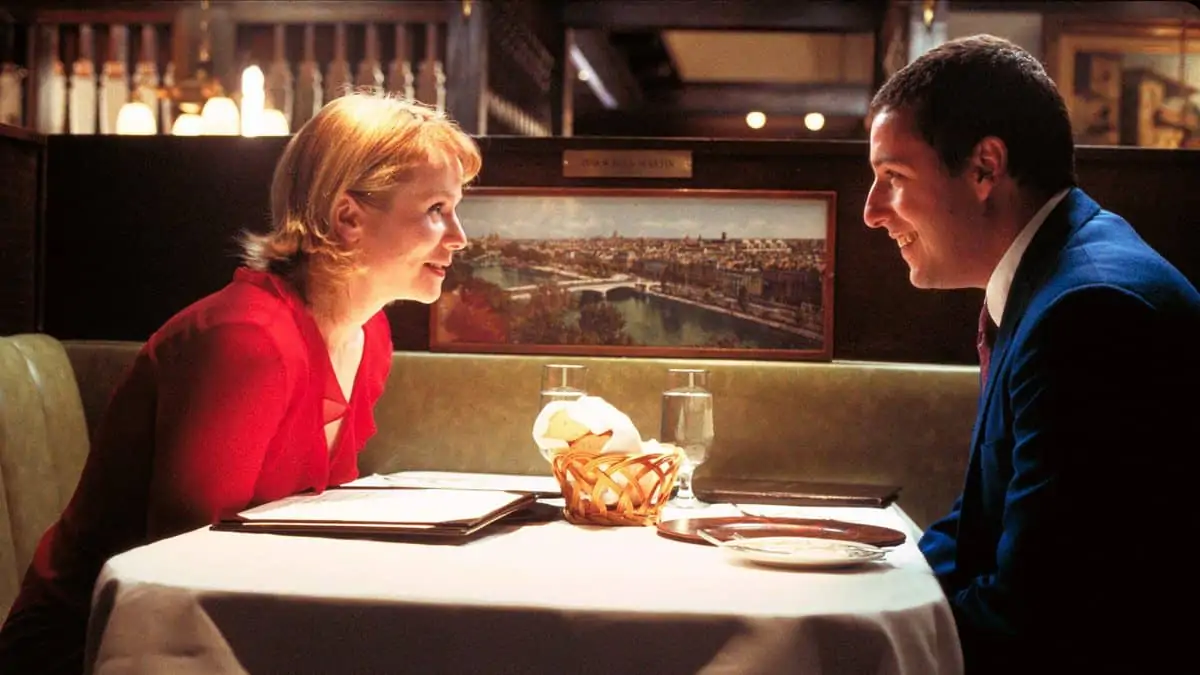
Q: What films, or which cinematographer’s work, have you been most impressed with in the last 10 years?
A: I love the work of Robert Elswit ASC on Punch-Drunk Love (2002). Chung-hoon Chung and his work with director Chan Wook Park on Stoker (2013) really impressed me and made me feel I was in front of a very particular and unique way of visual story telling. Emmanuel Lubezki AMC ASC is always a reference, whatever he does, especially with movies like Children Of Men (2006).
>> Continue to Part 3 >>
